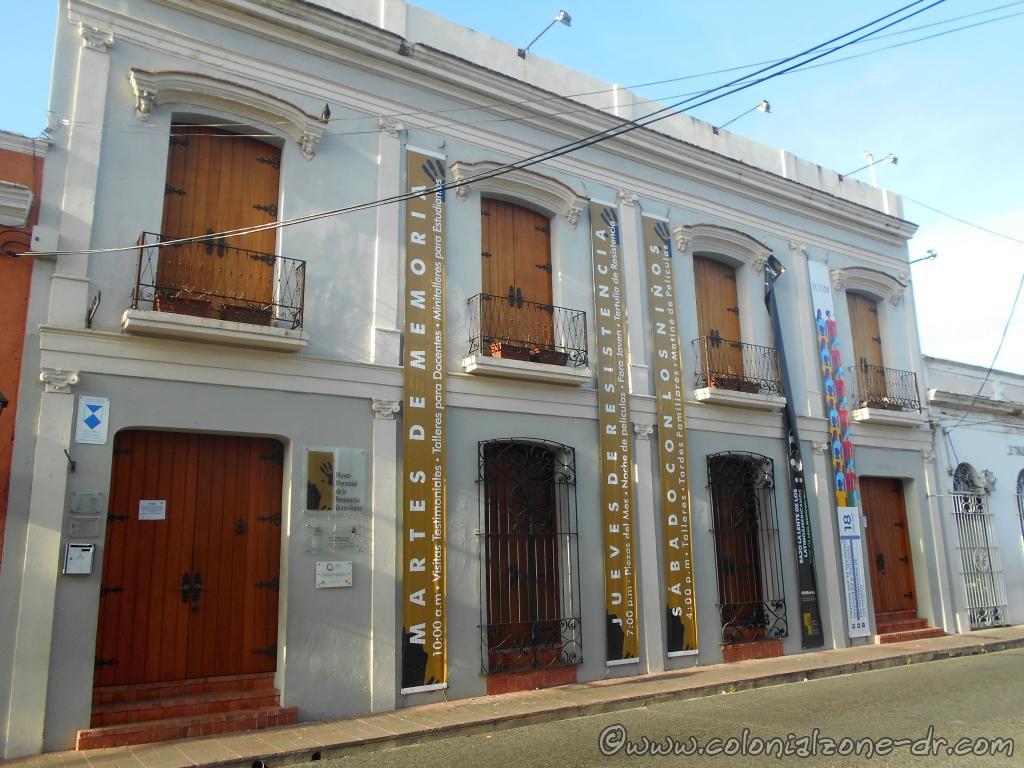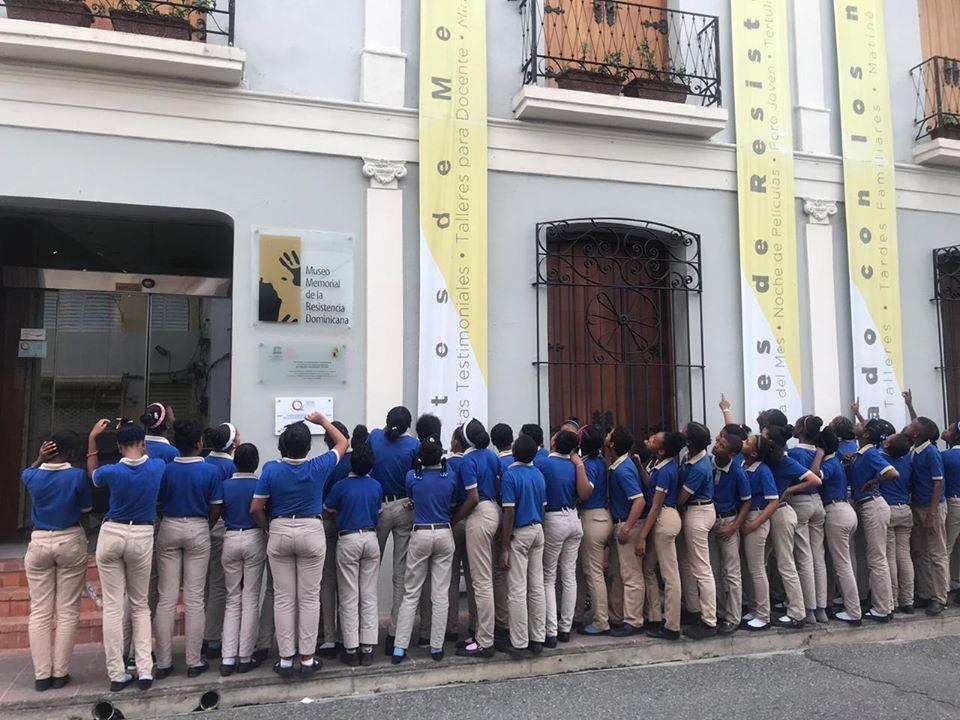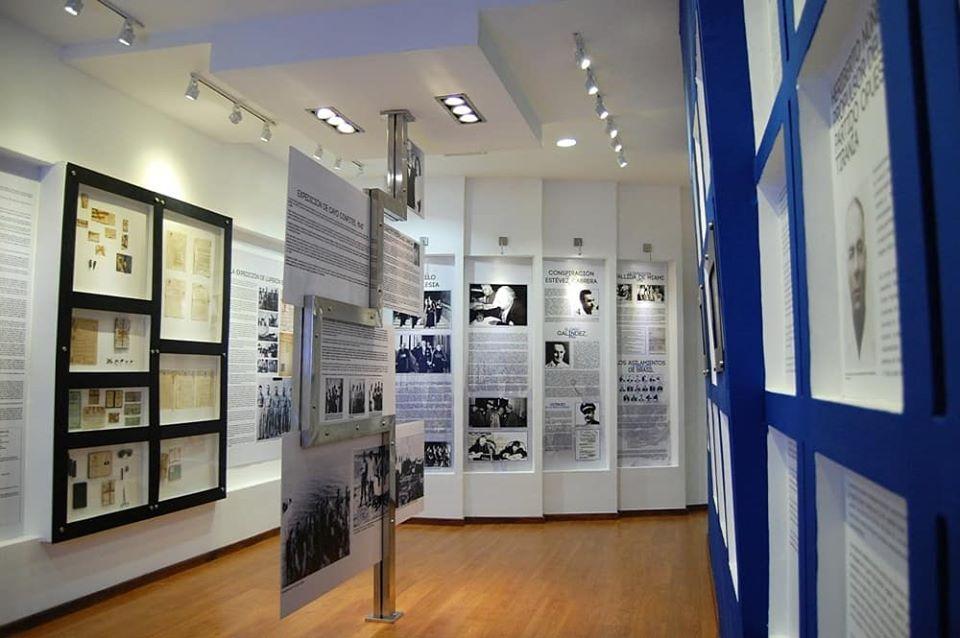Museo Memorial de la Resistencia Dominicana / Memorial Museum of the Dominican Resistance

“The Museo Memorial de la Resistencia Dominicana is an educational tool to present the legacy of Dominicans for the present and future generations a world of union of a society based on the culture of Peace, tolerance, truth, justice and respect for rights. / The Museo Memorial de la Resistencia Dominicana es una herramienta educativa sobre el legado de los dominicanos a las presentes y futuras generaciones del mundo en su consolidación de una sociedad basada en la cultura de la Paz, la tolerancia, la verdad, la justicia y el respeto a los derechos.”

The museum has an amazing collection of historical learning tools and information about the horrific era of the reign and Presidency of General Rafael Leónidas Trujillo Molina. It has the most complete collection of the story of this terrible time in Dominican history. It is a learning experience for all ages. The museum also has many special events for adults and children. Check their FaceBook page for information.

You will learn about the moving and informative history of those who gave their lives to fight against the dictatorship Trujillo. The strong men and women who became martyrs to keep this country free.

The audio tour which is included in the entry price helps to explain all the history that you will see. There is much text to read so make sure you have lots of time to spend because you will want to read, watch the videos and many of the items from this.

The Rooms
There are many different rooms to explore inside the Museo Memorial de la Resistencia Dominicana. Some of these rooms include interactive displays, robots, animated characters and original items from the era.
These rooms include:
*The history of the brave Gavilleros.
*The true facts of the Haitian Genocide that Trujillo initiated “to cleanse the race.”
*History of the expeditions that were formed with the aim of overthrowing the Trujillo regime.
*Learn about the complacency of the Church and the rupture between the Church and the Government.
*Expeditions of Constanza, Maimon and Estero Hondo and the brave men and women who fell for Dominican freedom and democracy.
*Mirabal Sisters Murder where Minerva Mirabal is presented in a hologram where Minerva she narrates one of her most moving speeches advocating the fight for democracy, accompanied by her two sisters, Patria and María Teresa.
*Trujillo’s execution room shows a recreation of the place where Trujillo fell when he was executed and includes a video of interviews of those who participated in the act.
*Clandestine Movement June 14 and the animated robot of Manolo Tavárez Justo making his moving speech.
*Interesting information about the Guerra de Abril de 1965
*Sala Balaguer displays information of Balaguer’s 12 years in power.
*Sala de Tortura / Torture room, or La 40 displays many of the objects that were used during Trujillos’ tyranny to torture those who opposed the regime. Included in the collection is the electric baton, videos and a model of what was the fearsome prison including the electric chair.

Information:
Hours: 9:30 AM to 6:00 PM – Closed Monday
Location: From Calle el Conde turn towards the sea (south) on Calle Sanchez or Calle Jose Reyes. Walk 1 block to Arz. Nouel.
Arzobispo Nouel 210, Ciudad Colonial, Santo Domingo, Republica Dominicana
Contact: 809-688-4440

Museo Memorial de la Resistencia Dominicana Website – https://www.museodelaresistencia.com/
Facebook – https://www.facebook.com/Museo-Memorial-de-la-Resistencia-Dominicana-142853769137872/














